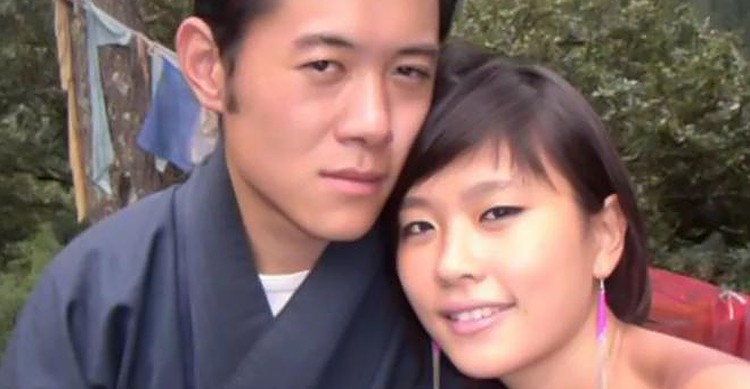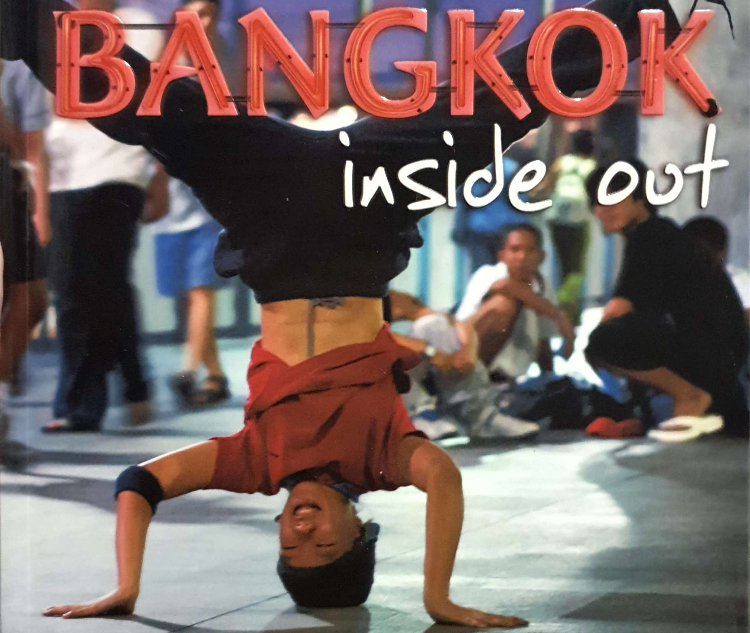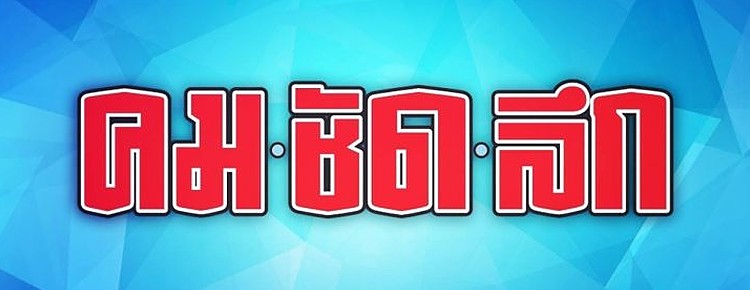Several of the images include a clearly phallic fake company logo, suggesting that, on one level at least, Hirst's combination of pills and pub grub can be taken as a wry joke. They also suggest the 'space food' eaten - or presumed to be eaten - by astronauts, and the futuristic food in pill form which has been predicted for decades yet has not yet materialised. More seriously, they comment on the increasing amount of artificial additives found in processed foods.
With its emphasis on product packaging, The Last Supper has a superficial connection to Pop Art, though Hirst's images are more muted and clinical than Andy Warhol's bright, garish Brillo boxes and Campbell's screenprints. The Last Supper was produced in an edition of 150, an unusually high quantity for Hirst, echoing Warhol's love of multiple copies.
The thirteen images of The Last Supper signify Christ and the disciples, originally represented in the Gospels and, of course, in Leonardo da Vinci's Milan mural. Hirst himself has also represented Jesus and the disciples in other forms: in Twelve Disciples (1994), the twelve followers were each represented by cows' heads in tanks, with Jesus represented by an empty tank; in The Apostles (2003), each disciple was symbolised by a medicine cabinet filled with found objects, with Jesus represented by an empty cabinet. Most recently, in The Stations Of The Cross (2004, a photographic series by Hirst and David Bailey), Jesus was depicted as a nude woman with a cow's head.
The Apostles, part of Hirst's fascinating exhibition Romance In The Age Of Uncertainty, emphasised the suffering and deaths of the disciples, the cabinets - stained with blood and containing skulls, bones, and weapons - becoming physical manifestations of the bodies of the apostles themselves. The Last Supper is also a reference to death, though the theological element is less explicit.
Although there are thirteen screenprints in The Last Supper, representing the thirteen people at the Biblical last supper, each image does not stand explicitly for a specific person in the way that the cabinets and cows' heads do. Rather, the Last Supper of the title can be seen as a comment on our own reliance on pills to prolong our lives, the implication being that each tablet, or each meal, could be our last.
Science, medication, and pharmaceuticals are recurring themes in Hirst's work. He has produced a series of medicine cabinets filled with pill boxes (Modern Medicine, 1989-1993), and his long-running geometric 'spot paintings' all illustrate chemical compounds. He created a full-scale replica of a chemist's shop, Pharmacy (1992). His restaurant, Pharmacy, was in business from 1997-2003, and one of his companies is called Science Ltd. His epic monograph I Want To Spend The Rest Of My Life Everywhere, With Everyone, One To One, Always, Forever, Now (1997) takes science as its design theme, and the catalogue of Hirst's work from the Saatchi collection (2001) itself imitates the typography of The Last Supper.
Ultimately, Hirst's installations (the animals in formaldehyde, the medical cabinets, etc.) are more substantial than these screenprints. Also, for a more contemplative contemporary last supper, we can turn to Chris Ofili's The Upper Room (1992), a stunning group of thirteen paintings, each depicting a rhesus monkey, installed in a beautiful walnut-panelled room with soft lighting. However, Hirst is one of the most significant of all contemporary artists, so any exhibition of his work is an important artistic event in Bangkok.




